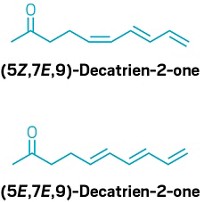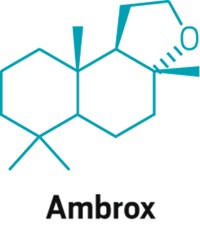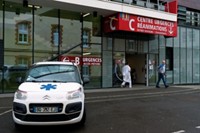Advertisement
Grab your lab coat. Let's get started
Welcome!
Welcome!
Create an account below to get 6 C&EN articles per month, receive newsletters and more - all free.
It seems this is your first time logging in online. Please enter the following information to continue.
As an ACS member you automatically get access to this site. All we need is few more details to create your reading experience.
Not you? Sign in with a different account.
Not you? Sign in with a different account.
ERROR 1
ERROR 1
ERROR 2
ERROR 2
ERROR 2
ERROR 2
ERROR 2
Password and Confirm password must match.
If you have an ACS member number, please enter it here so we can link this account to your membership. (optional)
ERROR 2
ACS values your privacy. By submitting your information, you are gaining access to C&EN and subscribing to our weekly newsletter. We use the information you provide to make your reading experience better, and we will never sell your data to third party members.
Biological Chemistry
Steroids At Bayer Schering
April 11, 2011
| A version of this story appeared in
Volume 89, Issue 15
The remark by Bayer Schering Pharma’s Bernd Ehrke that “we have been in the steroid business for more than 40 years” concerns only post-WWII activities and omits important earlier work (C&EN, Jan. 31, page 21). A 1947 post-WWII U.S. investigation of Schering’s prewar and wartime commercial development and manufacture of synthetic steroid hormones is fully described in F.I.A.T. Report 996. I carefully reviewed this document during my synthesis of aldosterone at Smith Kline & French (J. Am. Chem. Soc., DOI: 10.1021/ja01500a081).
Steroid sex hormone research at Schering Berlin was initiated in 1923 by the then-head of research, Walter Schoeller. It involved the formation in 1928 of a remarkable academic-industrial team (arbeitsgemeinschaft) consisting of the 25-year-old chemist Adolf Butenandt at Kaiser Wilhelm Institut für Biochemie (Berlin) and a group of Schering scientists. The latter was responsible for the production and bioassay of crude syrups by concentration of thousands of liters of urine from human males, pregnant women, pregnant mares, and animal corpus luteum extracts.
Butenandt (Nobel Prize, 1939) isolated 15 mg of androsterone, the first crystalline androgen, from a syrup derived from 15,000 L of human male urine (1931). Crystalline estrone (1929) and crystalline progesterone (1934) were likewise obtained by him from analogous preparations.By 1938, Schering was already synthesizing and commercializing estradiol benzoate (Progynon B), progesterone (Proluton), and testosterone propionate (Testoviron) in kilogram amounts, but by 1945 production had been discontinued owing to WWII destruction.
Manfred E. Wolff
Laguna Beach, Calif.





Join the conversation
Contact the reporter
Submit a Letter to the Editor for publication
Engage with us on Twitter